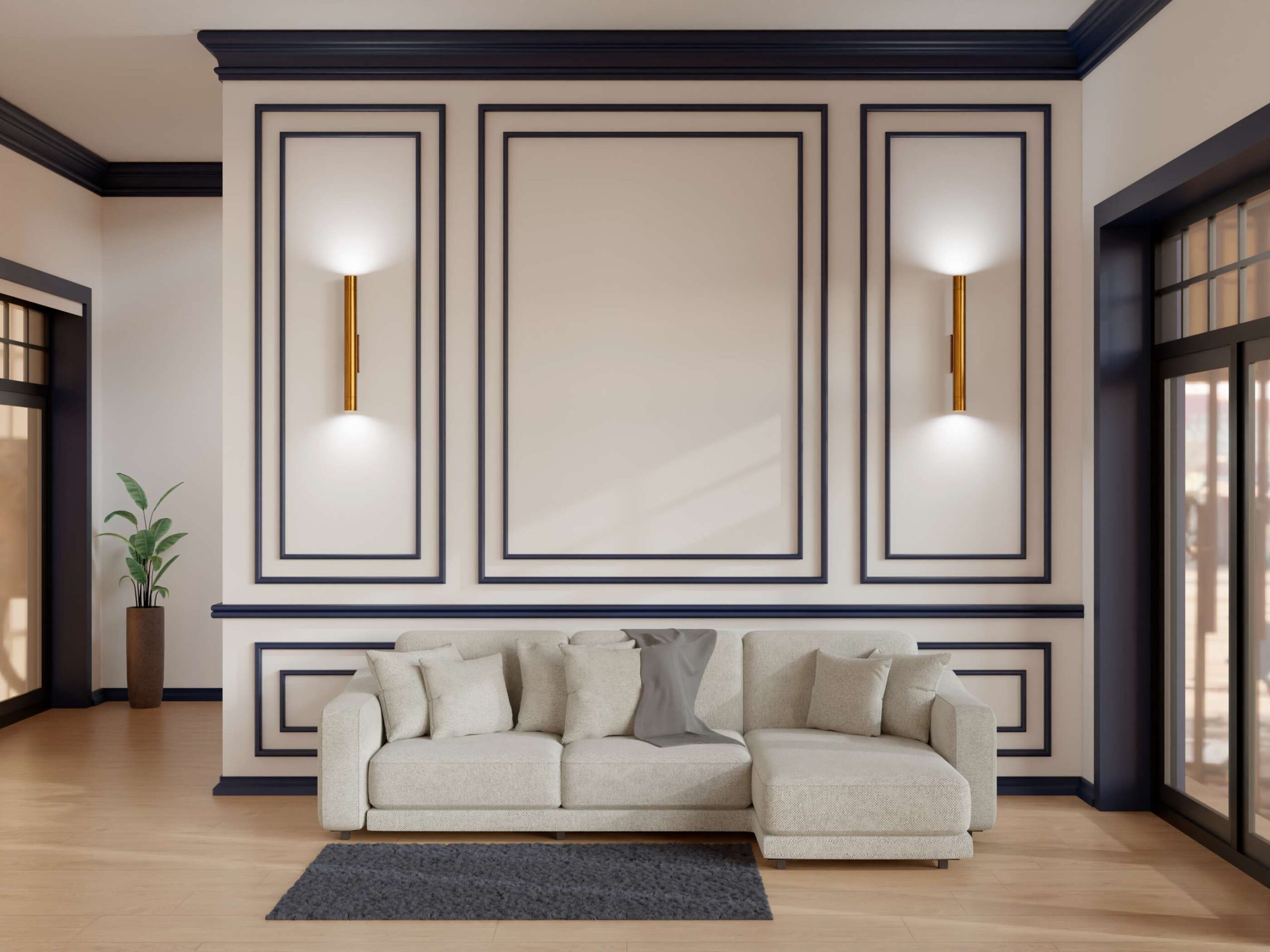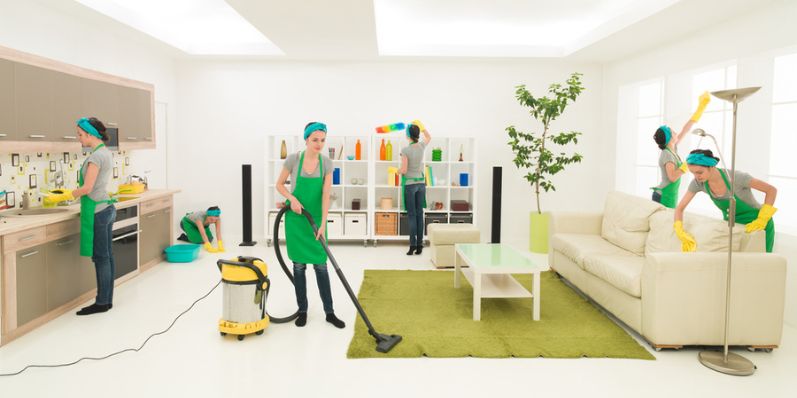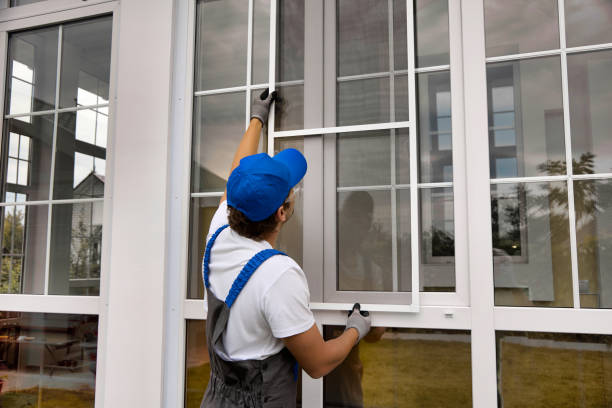Are you having wood laying around your home or office? If yes, it is the right opportunity to think creatively and give it an upgrade. Revamp your wooden surface with a smooth layer of paint. Painting is like wrapping your wooden surface in a cozy and protective hug that will secure your property from moisture, prevent rot, and stand strong against wild weather swings. In addition, the fresh layer of colour will also elevate the charm and curb appeal of your property.
Experimenting with peeling, shielding, or dramatic shading will help you achieve a weathered look, robust durability, or an eye-popping statement. A little effort you put will ensure your wood stays beautiful and resilient for years to come. However, choosing the right woodcare paint is important since it will protect your surfaces and make your property feel better.
Not Every Paint Is the Same: Learn About It First
Painting seems simple! A brush and a roller – that’s what you need. But ideally it is not so easy when it comes to wood. It is a moody material that absorbs, expands, and shrinks with the weather. Choosing the best woodcare paint is not just about color. It’s about finish, surface prep, and protection.
Moreover, you need to use a product that can withstand the elements. Let us look at how to choose the right product for your interior paint Milton project or any wooden surface around your property.
Know the Type of Wood You Have
Each wood type behaves differently. Softwoods like pine soak up paint quickly. Hardwoods like oak resist absorption and may need sanding or priming. If you’re painting new wood, it’s clean and easy. But if it’s old or coated in layers of past finishes, you need to professional help.
Old furniture may have varnish or oil layers. These need to be cleaned or sanded off. Otherwise, even the best Benjamin Moore specialty paint might peel.
Understand the Places to Paint – Interior and Exterior
Exterior surfaces face more abuse – rain, humidity, cold, and sun. Indoor paint does not have to deal the same conditions but has to resist smudges and wear. You should pick woodcare paint with inbuild weather protection and UV resistance for outdoor painting jobs. Be precisely mindful while selecting a hue for your trim and walls. Pick a color that matches your decor and creates your desired ambiance.
- For Outdoors: Mildew-resistant paints are ideal as they will keep your home look fresh and attractive, irrespective of the weather.
- For Indoors: Scrubbable or washable paints are beneficial, especially for high-traffic areas. With waterproof paints your house or office will always look fresh and clean even with those smudges and bumps.
The product labels usually mention the ideal location but if you can’t find them, ask at the shop or look in the brand’s site.
Check The Finish: Matte, Satin, Or Gloss
Finish changes the feel of a space.
- A matte finish hides flaws.
- Satin gives a soft glow.
- Gloss stands out and adds drama.
For your interior paint Milton project, matte or satin are ideal options for walls. Doors and trim might need semi-gloss or gloss. It also adds durability. Gloss is great for railings and shelves. Avoid using it everywhere, as it can overwhelm the space.
If you are unsure, Benjamin Moore speciality paint offers samples. You can try them before finalizing the best pick.
What Is the Best Base for You: Oil Or Water
Oil-based paints take longer time to dry. But they last longer on trip or furniture. Water-based paints, on the contrary, have less odor, dry fast, and are easier to clean.
If you are trying to attempt a DIY job, water-based paint could be fine, particularly for indoors. These paints dry fast, doesn’t turn yellow with age, and improves air quality.
Oil-based paints may work better for surfaces with heavy wear or if you are painting old wood. Take a note that you will need solvents for cleaning, only water won’t be sufficient.
Always keep checks for compatibility. Never apply water-based paint over oil without proper priming. It won’t stick.
Look For Paints That Also Protect
Woodcare paint isn’t just about color. The paint should be able to seal the wood and resist damage. It also needs to prevent moisture from entering. That’s particularly important for decks or fences.
Some paints include primers or mould blockers. These save time and effort. Others work best when paired with a base coat.
Ask yourself whether your surface need to breath or seal tight. For example, log walls might need breathable paint to prevent cracking.
Preparation Is Important for A Good Finish
Paint will only stick well if the surface is clean and dry. That means sanding, filling gaps, and removing dust is a must prior to starting the painting job.
It doesn’t matter how good the paint is. Without proper preparation it will not stick even if you choose Benjamin Moore speciality paint. By skipping this step, you are likely to get uneven, bubbling, or peeling paint.
Painter’s tape is an ideal option to use for clean edges. Lay down cloths to protect floors. Besides, cover your furniture and all valuable items safely. The more effort you put into preparation, the more durable your finish will be.
In the Nutshell: Don’t Rush Your Decision
Choosing the perfect woodcare paint is important since you’ll be living with it for years. Pack a paint that’s not only gorgeous but also tough enough to last. Consider the area where you’re painting—inside or out—and the vibe you’re going for, whether it’s a cozy room or a stunning exterior.
Choosing any wrong color or type can make things look off and even damage the wood. One coat of the right, high-quality paint will outshine a bunch of wrong stuff, keeping your space beautiful and protected for ages.
Additionally, don’t overlook the paint can labels. They are little cheat sheets packed with tips on how to apply it, what it covers, and whether it’s right for your project. That way, you’re set up for a win every time.






